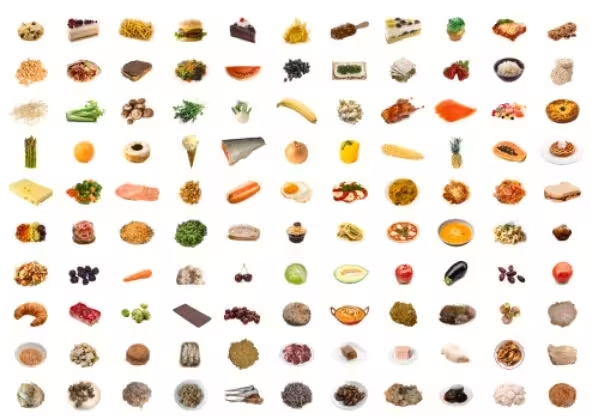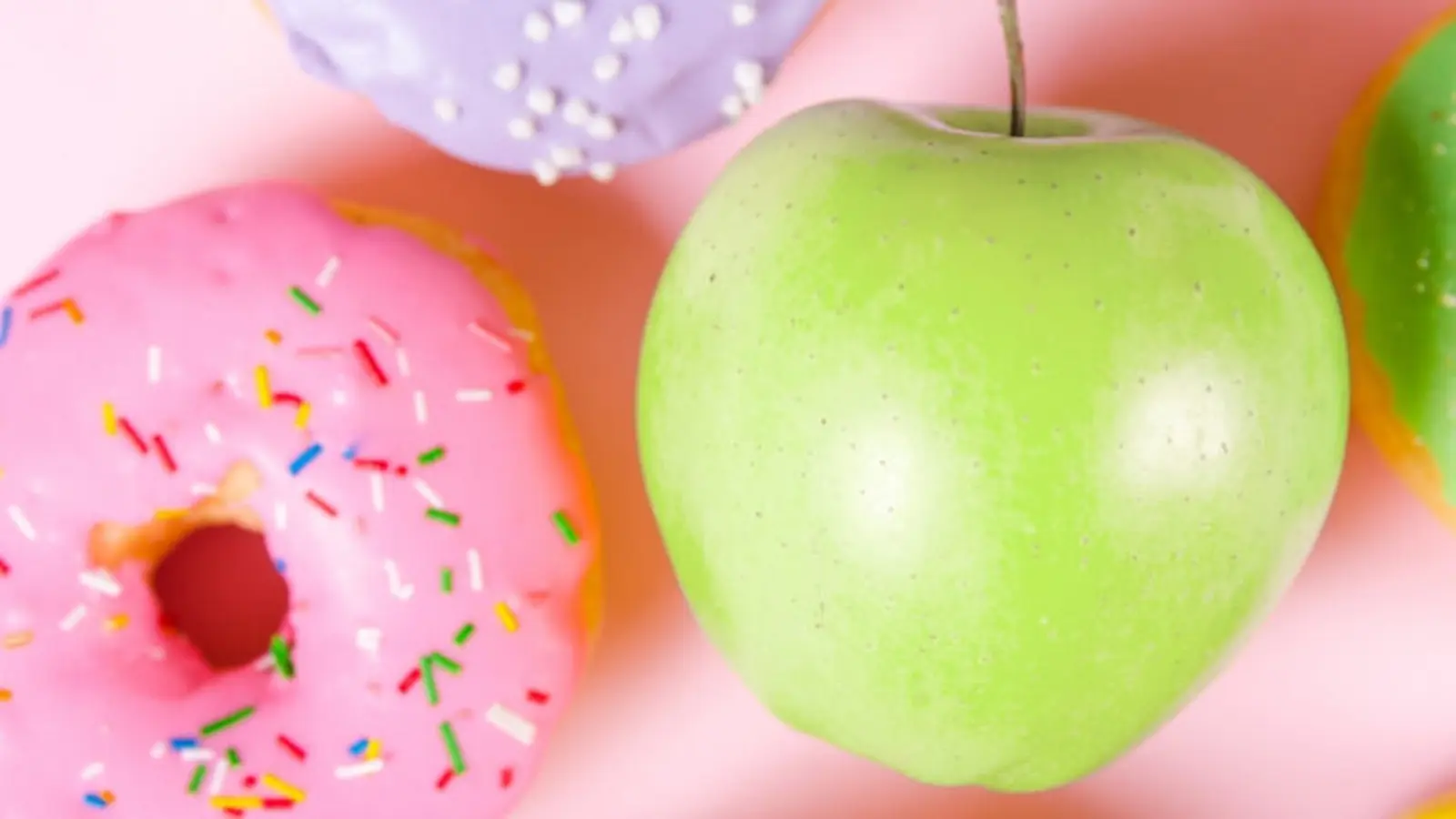4 Minutes
When we glance at a plate or swipe through meal photos on an app, our brain is already doing the hard work. New research shows that visual cues of food trigger rapid neural responses that reflect multiple attributes — including perceived healthiness and tastiness — well before we become consciously aware.
Snap decisions inside 200 milliseconds
Using brain imaging combined with sensitive machine-learning analyses, researchers found that different food features are decoded by the brain in roughly the same rapid window: about 200 milliseconds after a person sees an image. Surprisingly, signals related to a food’s healthiness appeared even earlier than those tied to tastiness. That pattern runs counter to some previous studies, but the team suggests that more advanced pattern-detection methods can reveal subtle activity that conventional analyses might miss.
Imagine scrolling a grocery app — before you can name the item, your brain has already tagged it as "more natural" or "more processed," and whether it looks appetizing. These automatic evaluations can nudge decisions in the aisle or on your screen long before deliberate thought kicks in.

Food stimuli used in study. (Chae et al., Appetite, 2025)
Two core dimensions: processed vs. appetizing
By inspecting similarities across ratings, the researchers identified two principal dimensions that seem to guide quick food appraisals. The first is a "processed" axis — how natural or industrial a food looks. The second is an "appetizing" axis, which bundles tastiness and familiarity. Foods judged as unfamiliar tended to be rated as less tasty, linking those perceptions in the brain’s early response patterns.
Both dimensions were reflected rapidly in neural signals, indicating that the brain encodes broad evaluative categories almost instantly. Such rapid coding may help the brain prioritize attention and shape approach or avoidance tendencies when confronted with many options.
Why this matters for everyday choices
These findings are particularly relevant in visual-only contexts: online grocery shopping, delivery-app browsing, restaurant picture menus, or supermarket shelf-scans. If visual cues drive fast, automatic judgments of healthiness and tastiness, then design choices — from photo angles to lighting — could influence consumer behavior in predictable ways.
The study also opens the door to behavioral interventions. For example, deliberately directing attention to health features (labels, imagery emphasizing natural ingredients) might shift those early neural appraisals and support healthier choices. The researchers point out that while this study used static images, real-world eating decisions also involve smell, taste, and sound — a sizzling patty or fruity aroma will add further rapid signals to the brain’s appraisal stream.
Next steps for the science of food perception
Follow-up work will test multisensory contexts: do smells and sounds accelerate or change the order of healthiness and tastiness signals? And can targeted interventions — visual nudges, educational prompts, or app design tweaks — alter those first 200 milliseconds to promote better dietary decisions? Chae et al. (Appetite, 2025) suggest that combining high-temporal-resolution brain imaging with machine learning is a promising way to answer these questions.
In short: your brain starts deciding what matters about food almost immediately — and understanding those split-second judgments could help us design environments that make healthier choices easier.
Source: sciencealert


Leave a Comment